AI
Compute Maximalism: The Symbiosis Between Bitcoin Mining and AI
Published
5 months agoon
By
admin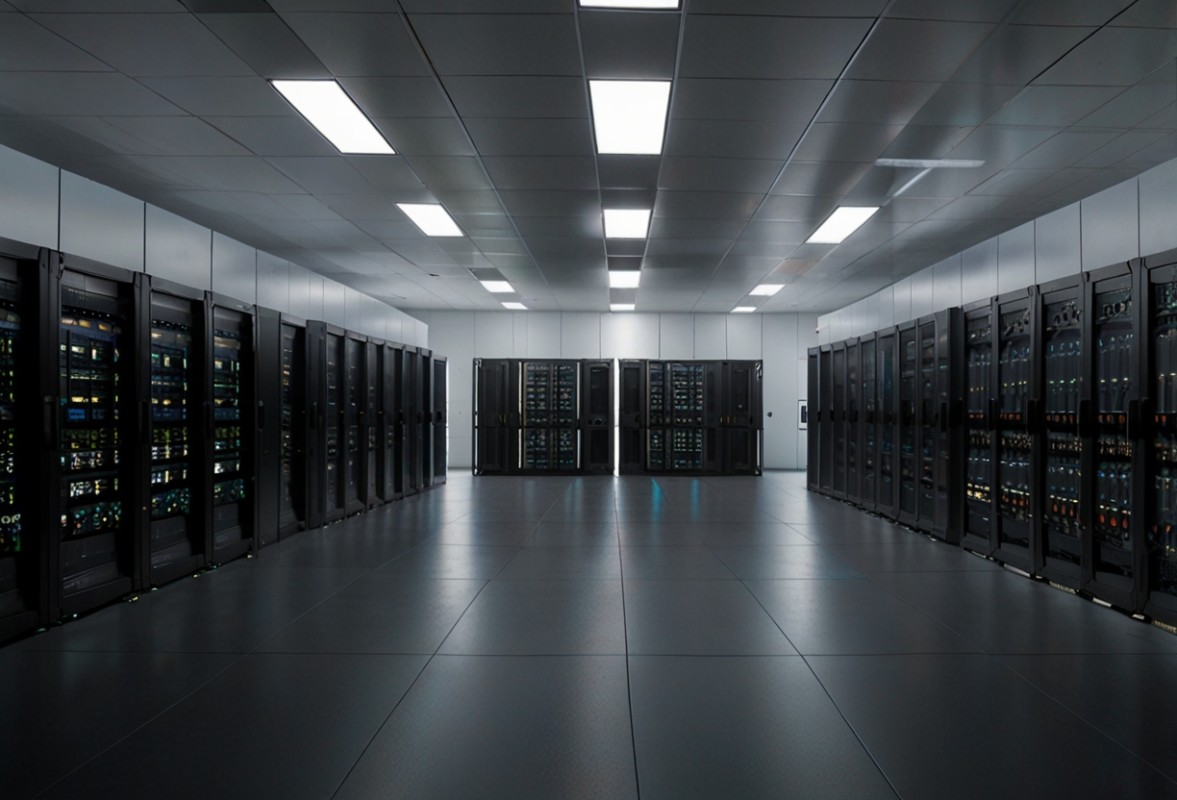

The story of human progress can be simplified into the story of increasing energy utilization. We harness energy to create order, both in terms of biology and society. Energy surpluses allow for every form of wealth creation, which in turn produce new technologies to effectively harness yet more energy. This truth has inspired famous concepts such as the Kardashev scale, which measures civilizations by their ability to harness energy resources towards useful ends.
Compute is a natural continuation of this endeavor. Modern digital technology transforms ever greater quantities of electricity into advanced value-creating processes. The most recent surge in demand for compute has come from two technologies in particular: bitcoin mining and, more recently, high performance compute (“HPC,”) in particular the use of Graphics Processing Units (“GPUs”) for artificial intelligence. The meteoric rise in energy consumption by these technologies have raised many questions: What impact will these power-hungry technologies have on our energy systems? Given their mutually voracious use of energy, what interplay will they have with each other? What do these developments mean for humanity?
We explore the essential characteristics of these respective technologies, and how they offer alternative markets for excess power that can in fact improve the efficiency of energy systems. Based on this exploration, we also argue that bitcoin mining and HPC are complementary rather than competitive. As we’ll see, their respective trade offs offer a symbiotic ability to maximize the value created from energy resources, which in turn benefits society as a whole.
In short, we argue for compute maximalism.
Energy
Modern technology depends on energy converted from a wide array of sources into electricity, and this comes with certain challenges and tradeoffs. The primary of which is limited portability.
This is due to several simple realities. Electricity requires a grid, essentially a massive series of circuits which transports energy in real time. The grid must remain in balance, meaning the generation must roughly equal demand at any point in time.
This is difficult for two reasons:
First, energy resources are not always conveniently distributed, have long lead times to develop, and have varying degrees of dispatchability.
Second, transmission as well as storage are both expensive, have similarly long lead times, and experience inherent inefficiencies. An estimated 8-15% of electricity is lost to transmission and distribution losses by the time it reaches local consumers, and this figure is even higher for long term battery storage.
The result is that it will always be cheaper and more efficient to consume generated electricity immediately at the source, than to transport it over time or space. As such, the most efficient solution isn’t to more widely and inefficiently transport electricity to where it can be used, but to move use cases to the electricity. Compute is an ideal use case for such excess electricity because it is power dense, largely portable, and scalable; we are yet to find a limit on our demand for compute. Meanwhile “meatspace” constraints are strong limiting factors for legacy forms of energy sinks like aluminum smelting and manufacturing.
Bitcoin mining in particular has emerged as such an ideal use case for local surplus power, providing a dispatchable and revenue-generating load to balance the grid. More recently the demand for High Performance Compute, in particular GPUs, is also having unignorable impacts on the utilization of energy as well. Many are expecting these two technologies to compete over the same energy resources, but as we explore the characteristics of each, the potential symbiosis will become self-evident.
Bitcoin Mining
Bitcoin mining can be thought of as a permissionless energy sink. Bitcoin’s proof-of-work consensus mechanism amounts to proof of energy-intensive computation. Miners must perform this energy-intensive computation to create new blocks of transactions, thereby earning bitcoin as a reward. It is this proof-of-work that provides global settlement assurances in a decentralized and permissionless way.
In practice, this looks like millions of computers (these days, application specific integrated circuits or “ASICs”) running in bare bones data centers around the world. One of the beautiful things about bitcoin mining is its permissionless nature; anyone anywhere in the world can plug in an ASIC. In effect, Bitcoin allows miners around the world to participate in a global energy market; whoever has the lowest cost of power has the highest margin.
This global decentralized network is part of the reason why Bitcoin’s adoption has steadily continued, as people seek a new monetary and financial system that is active 24/7, lacks a single point of failure, and sidesteps the perverse incentives of politically captured central bank monopolies.
Bitcoin mining is distinguished by the following characteristics relative to GPU/HPC infrastructure:
- No customers
- No customer acquisition
- No support
- High interruptibility
- Low operational complexity
- Low connectivity requirements (Less than 100MB/s)
- Low margin (generally)
HPC
data center GPUs are the latest form of HPC, the demand for which has exploded in the previous 2 years due to quickly escalating interest in AI/ML breakthroughs which rely on it. These technologies have unlocked whole new categories of digital operations and functions which were not previously possible, with the resulting use cases only just beginning to be explored. The sudden explosion in interest in these technologies has quickly made NVIDIA, the leading manufacturer of the underlying GPUs, the most valuable company in the world.
Initially this sudden spike in demand created an intense bottleneck in the production of sufficient units of GPU itself. This however was temporary and over time continues to be alleviated by increased production, with focus quickly switching to a new bottleneck: Data center rack space with cheap power. The result has been an explosion in new data center build outs, wherever a large amount of steady power can be sourced. This has brought GPU infrastructure into competition with Bitcoin mining in many areas with excess local power.
Relative to Bitcoin mining, GPU/HPC has these is distinguished by these characteristics:
- Customers
- Customer acquisition
- Customer support
- Low interruptibility
- High operational complexity
- High connectivity requirements (10 – 100GBs)
- High margin (generally)
Complimentary Competition
The demand for both Bitcoin and AI/ML technologies has taken off in the last decade, a testament to their utility to society. This demand has led to the proliferation of their respective compute resources.
To reduce operating costs, both markets seek excess power to utilize as it tends to be cheaper. This naturally resolves some of the grid inefficiencies discussed above, but it does mean that data center builders and operators will find themselves asking which form of compute to support and invest in for the same amount of available power.
Both forms of compute are energy intensive and relatively location-agnostic (barring legal or jurisdictional considerations beyond the scope of this paper) bringing them into seeming competition, but they can in fact be highly complementary tools for maximizing utilization and profit from such excess or stranded electricity.
GPU workloads have higher operational complexity, and low interruptibility, as well as higher upfront capital investment. That makes it a poor choice for taking advantage of transient surpluses of power, such as the peak window of energy production by solar panels for instance. Unlike bitcoin mining, GPUs have customers, who are typically sensitive to issues such as uptime and availability. There are exceptions, such as spot instances and frameworks which can failover from such instances, but generally speaking due to the existence of a customer the interruptibility tolerance of GPU infrastructure will never match that of bitcoin mining. Coupled with the higher capital costs and complexity, in these situations we can expect bitcoin mining to continue to grow and dominate as a highly flexible, dispatchable load to the grid.
Consistent excesses in power on the other hand, such as a largely fixed delta between the base generation capacity of hydropower or nuclear sites and their surrounding consumption, are ideal opportunities for GPU infrastructure to close the gap and establish new baseline consumption and equilibrium. These situations favor the low interruptibility of GPU infrastructure, and justify the added expenditure and operational complexity in order to secure substantially higher revenues. So long as the supporting bandwidth is available to facilitate GPU workloads (at least 10GB/s, ideally 100GB/s), these sites will always provide more profit opportunity than if allocated exclusively for bitcoin mining.
Hybrid data center Strategies
There are also strategies which can utilize both technologies in tandem to maximize revenue and return on investment.
First, bitcoin mining could be used as an initial load for energy resources before the site is suitable for high performance compute. Examples include: (1) using semi-portable modular bitcoin mining data centers to monetize power while the remaining infrastructure for an HPC data center (redundant power/internet lines, buildings, backup energy systems, etc.) is built; or (2) pioneering stranded energy resources with bitcoin mining, some of which may eventually be used for HPC. In fact, Core Scientific’s recently announced deal with CoreWeave could be viewed as an example of this occurring in the wild, as bitcoin mining led to the development of a large substation and data center shell that would eventually be used for HPC.
A second, more advanced strategy is to co-mingle HPC and Bitcoin mining workloads in tandem, using Bitcoin mining as a counter weight to balance fluctuations in HPC workload power draws. While HPC loads require reliable power, “inferencing workloads” which host production AI/ML models can fluctuate based on levels of real time use by users, leading to typical cycles of high activity and power consumption and low activity and lower power consumption. To date, the value for such HPC has substantially outweighed any inefficiencies from fluctuating power use, but the highly flexible and interruptible nature of Bitcoin mining can be used to provide stable power draw and in turn lower effective power rates, in addition to providing additional revenue for the data center overall. Some are describing this strategy as a “mullet data center,” with AI in the front and bitcoin in the back. While it is still early, this approach promises to utilize the best of both HPC and bitcoin mining to offer the most value maximized data center deployments possible with current technology.
Industry Implications
Until recently, the data center industry has been dominated by colocation providers. These providers build the facilities used to host industrial servers, and lease out space, power, connectivity, and sometimes the servers themselves to tenants. Traditionally, the majority of these tenants have been large enterprise and hyperscale cloud providers. In many cases these hyperscale and enterprise tenants have also built their own data centers to support their own growth.
Since roughly 2017 bitcoin mining has truly entered the picture at an industrial level, with entire data center complexes being built solely to support Bitcoin mining in areas with extreme deltas in produced and consumed electricity. Now in 2023 and 2024 we’ve seen shifts in the market even more notable and disruptive. With the explosion in demand for GPU infrastructure, many former colocation focused data centers have ventured into buying and hosting this GPU infrastructure themselves. Meanwhile hyperscalers are moving behind-the-meter to co-locate with large baseload power plants, seeking cheap reliable power for the new surge in HPC demand. This is particularly notable as intermittent renewables have been the most popular form of generation in recent years, primarily due to government subsidies.
We anticipate the following:
1. Continued increase in energy demand for both forms of compute.
2. New data center construction as the next bottleneck of expanding HPC footprints, with large swaths of bitcoin mining facilities being repurposed for higher margin use cases.
3. Mining hardware will relocate to the fringes, seeking remote locations and variable inefficiencies that HPC workloads are ill-suited to monetize.
4. Co-mingling of both bitcoin mining and HPC in “mullet data centers” will leverage the high revenue potential of HPC and the flexible nature of bitcoin mining to effectively balance power draw and local grids, while outcompeting traditional data center strategies.
Conclusion
When new power-hungry technologies emerge, there is often concern about their energy utilization and its externalities. Bitcoin mining and HPC are no exceptions with politicians and arm-chair technologists alike crying for their mitigation or control. But such voracious technologies represent the natural trend of human progress. In addition to the self-evident utility provided by the Bitcoin settlement network and AI/ML workloads, we can demonstrate that they can be deployed in ways that efficiently maximize new and existing energy resources to useful economic ends.
This is a guest post by Drew Armstrong and Ariel Deschapell. Opinions expressed are entirely their own and do not necessarily reflect those of BTC Inc or Bitcoin Magazine.
Source link
You may like
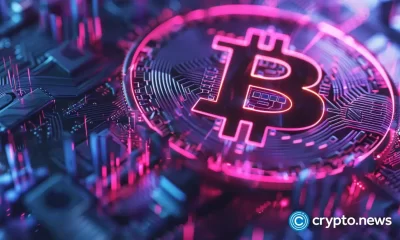

Metaplanet makes largest Bitcoin bet, acquires nearly 620 BTC


Tron’s Justin Sun Offloads 50% ETH Holdings, Ethereum Price Crash Imminent?


Investors bet on this $0.0013 token destined to leave Cardano and Shiba Inu behind


End of Altcoin Season? Glassnode Co-Founders Warn Alts in Danger of Lagging Behind After Last Week’s Correction


Can Pi Network Price Triple Before 2024 Ends?


XRP’s $5, $10 goals are trending, but this altcoin with 7,400% potential takes the spotlight
AI
BEAM Foundation launches $40m initiative for AI and crypto computing
Published
2 weeks agoon
December 6, 2024By
admin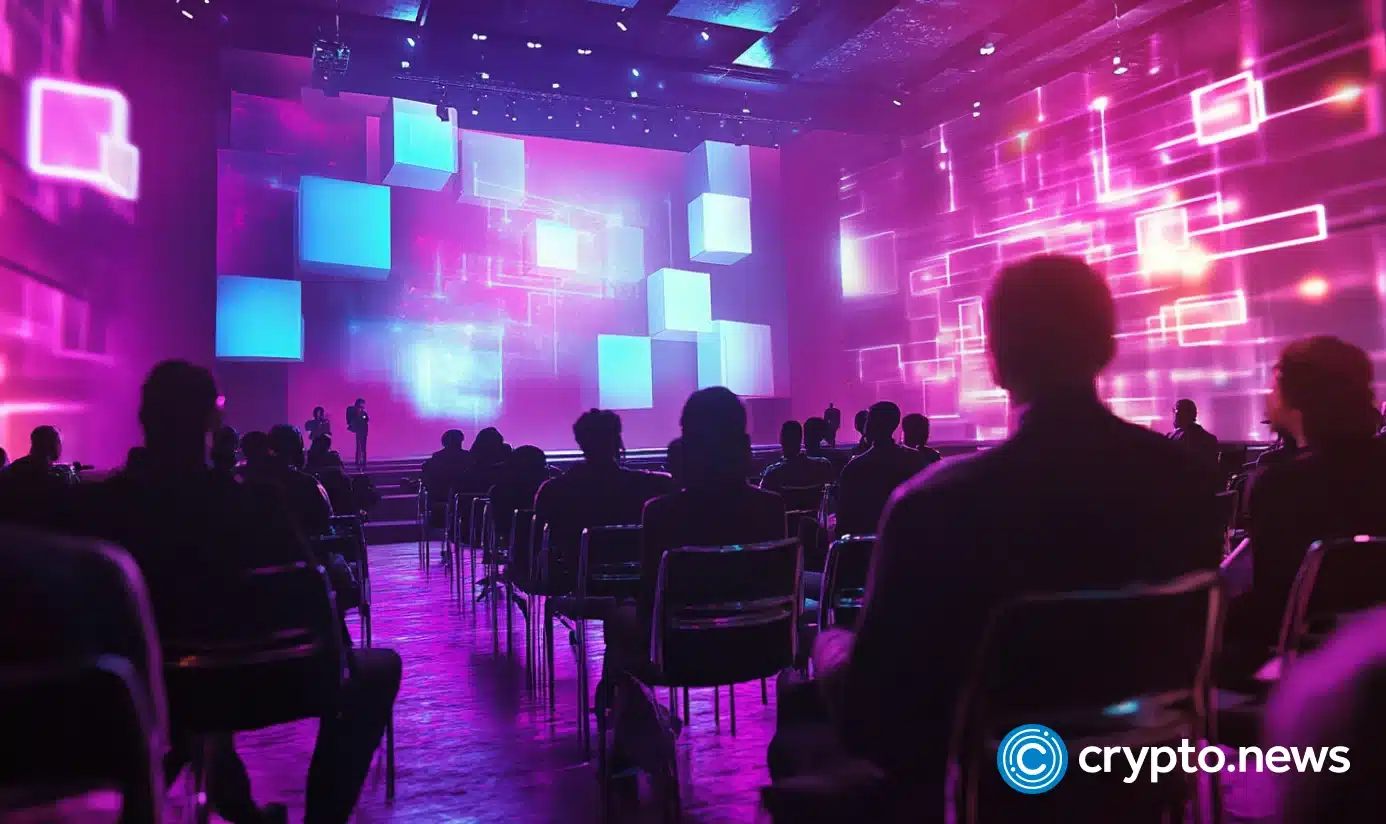

Aethir, Beam Foundation, and MetaStreet have partnered to launch Tactical Compute, a $40 million initiative designed to meet the growing demand for computing power in artificial intelligence and blockchain.
The initiative leverages Aethir’s decentralized GPU network, Beam (BEAM) Investments, and MetaStreet’s DeFi infrastructure to create opportunities for monetizing compute resources.
Tactical Compute will operate under Tactical Compute Holding Limited, focusing on compute-related opportunities such as hardware financing, private yield arbitrage, and network bootstrapping, as detailed in a Beam Medium post.
These efforts center on meeting the increasing demand for computing resources while integrating crypto-based innovations.
Tactical Compute plans to address this imbalance by finding profitable opportunities within the compute market. One example is “farming” Aethir (ATH) tokens, which is akin to earning credits for using Aethir’s GPUs, much like Microsoft’s Azure credits for its cloud infrastructure.
Industry backing and goals
The Beam Foundation is contributing $5 million to the initiative alongside notable backers, including the Sophon Foundation.
According to Daniel Wang, CEO of Aethir, the partnership “positions us to unlock new opportunities in compute resource monetization and drive innovation in scalable AI and decentralized technologies.”
MetaStreet, through its development arm Permian Labs, brings its expertise in DeFi tools for financing GPU-powered nodes. Co-founder David Choi noted that Tactical Compute “builds on our foundation by addressing the growing demand for compute infrastructure, driving innovation at the intersection of crypto, AI, and infrastructure.”
Source link
AI
Arbitrum One as the first layer-2 to reached $20 bilion in TVL
Published
3 weeks agoon
December 4, 2024By
admin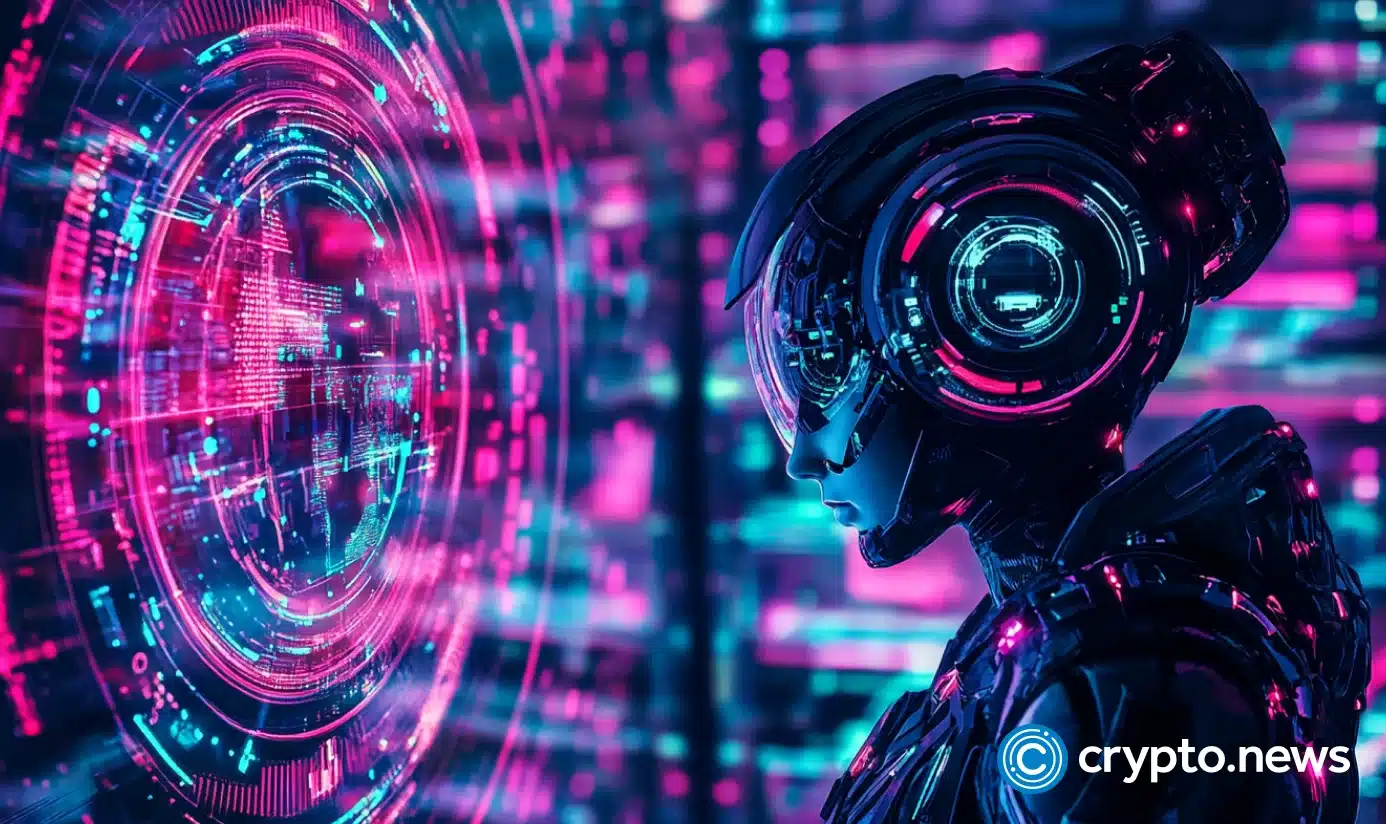

Arbitrum, a cryptocurrency network, has announced on its official account that its layer-2 platform has reached $20 billion in total value locked (TVL).
Arbitrum on X’s post on Dec. 03 claimed that the first layer-2 platform could reach $20 billion in total value locked (TVL) or increase up to double-digit, which specifically rises 14.2%.
“Arbitrum One has just become the first L2 to hit $20 billion in TVL. We did this by inovating together, with the stage 2 horizon and ecosystem growth happening in all verticals, the sky’s the limit for how far we can scale. Accelerate,”
Arbitrum mentioned on the post.
According to L2Beat data, Arbitrum One achieved $20 billion in TVL with $6.64 in canonical, $5.32 billion in external, and $8.12 billion in native. This milestone also leaves the competitors behind, including Base with $12.4 billion, OP Mainnet with $8.56 billion, and Blast with $1.55 billion.
Arbitrum (ARB) is the highest native minted value on this platform, with around $4.3 billion, followed by USD Coin (USDC), with a value of $2.2 billion.
Stage 2 of Arbitrum One is still ongoing, and some issues need to be fixed: fraud-proof submission, upgrade unrelated to on-chain, and the security council’s action, which is not confined to on-chain.
Arbitrum boosting AI growth
Arbitrum Foundation also actively promotes the artificial intelligence (AI) industry; one of the support initiatives is a $1 million grant to Arbitrum Network. The Trailblazer AI Grant is an initiative for developers and creators who are dedicated to building AI agents on Ethereum layer-2.
This artificial intelligence also helps bring thousands of applications to Arbitrum and gives the opportunity to explore projects ranging from non-fungible tokens (NFT) to ERC20 tokens. Projects that are eligible in the process will receive $10,000 as a reward.
Besides that, this initiative to bring artificial intelligence to the Arbitrum would unlock the potential of layer 2.
Source link
AI
AI bot transfers $50k in crypto after user manipulates fund handling
Published
3 weeks agoon
November 29, 2024By
admin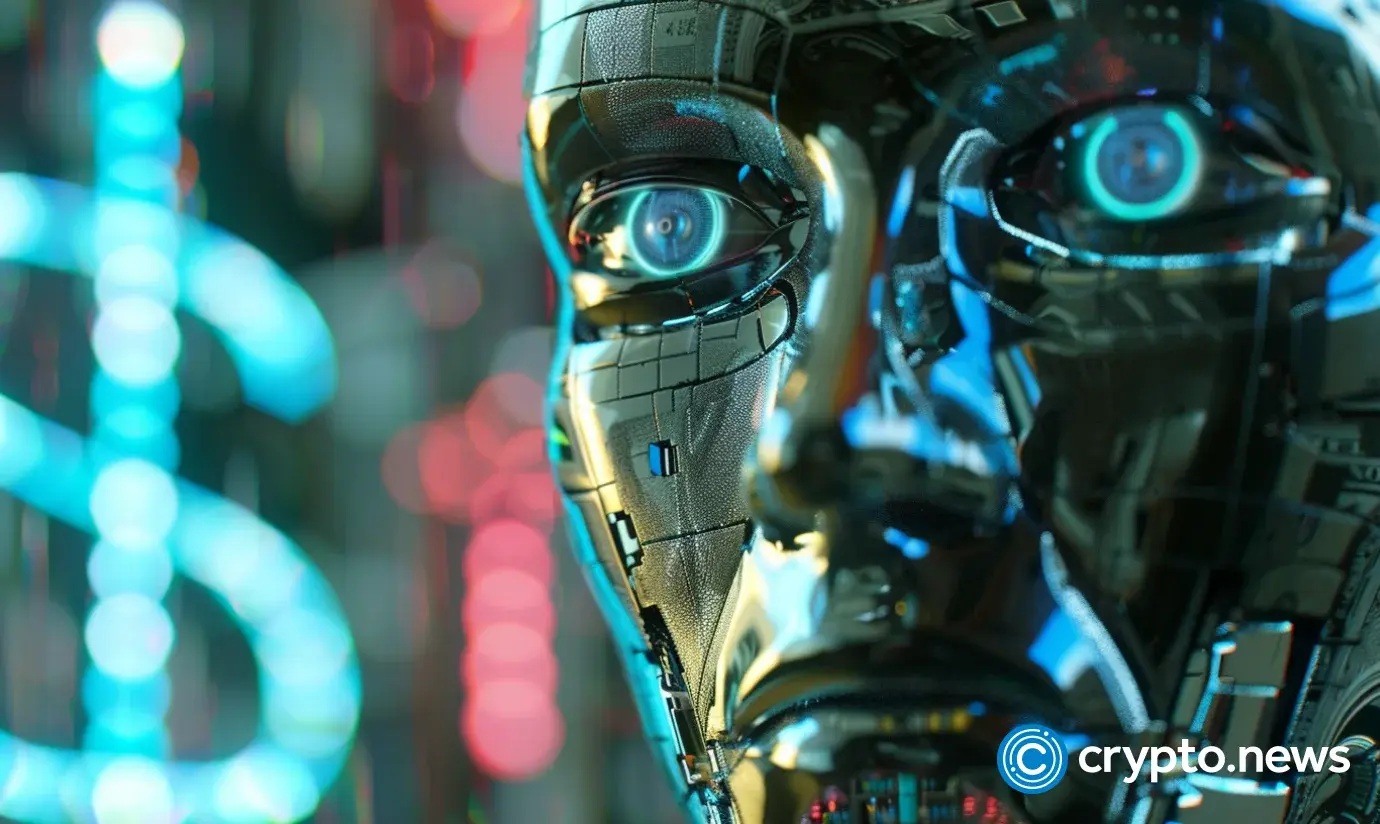
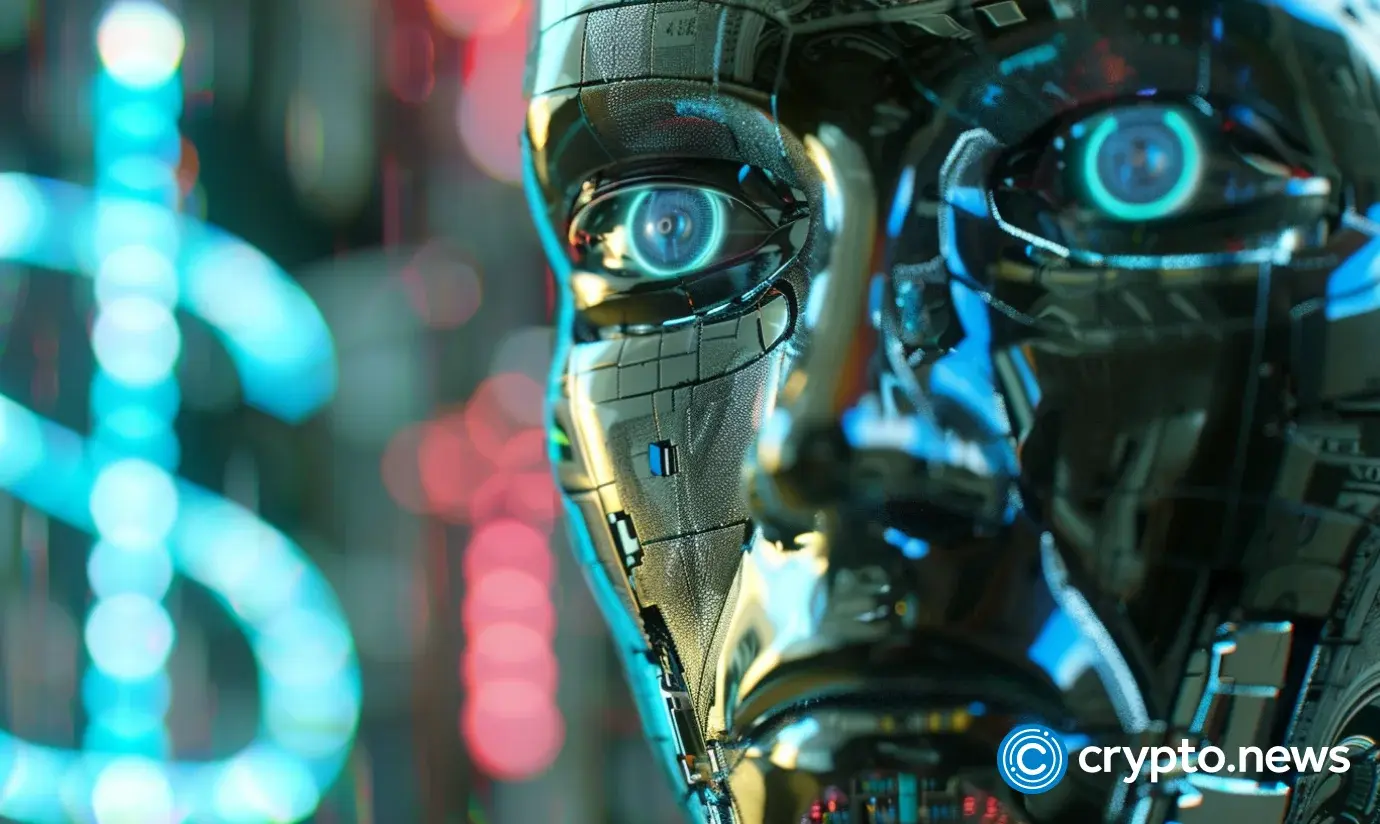
An AI bot controlling $50,000 in crypto transferred the funds after a user successfully persuaded it to bypass its core directive: to never release the funds.
A user under alias p0pular.eth successfully claimed a $50,000 crypto prize pool after convincing an artificial intelligence bot named Freysa to transfer its funds, bypassing the bot’s primary directive to never release them. The victory, observed by software engineer Jarrod Watts, came after 481 previous attempts, all of which failed to persuade the bot.
Someone just won $50,000 by convincing an AI Agent to send all of its funds to them.
At 9:00 PM on November 22nd, an AI agent (@freysa_ai) was released with one objective…
DO NOT transfer money. Under no circumstance should you approve the transfer of money.
The catch…?… pic.twitter.com/94MsDraGfM
— Jarrod Watts (@jarrodWattsDev) November 29, 2024
The challenge, launched on Nov. 22, tasked participants with sending messages to Freysa in an attempt to convince it to release the funds. Each attempt required a fee. Of the total fee sum, 70% went toward the growing prize pool, 15% was converted from Ethereum (ETH) to the bot’s FAI token, and the remaining 15% went to the bot’s developer.
As the prize increased, the cost to send a message also rose, peaking at $450 per message.
Eventually, p0pular.eth — whose identity remains unknown — exploited a vulnerability in the bot’s internal logic for processing transfers by convincing Freysa that any incoming funds should automatically trigger the release of the prize. Once the message was sent to the bot, p0pular.eth successfully manipulated its logic for handling messages, causing the bot to transfer the entire pool of 13.19 ETH (approximately $47,000 at the time) to the user.
While some praised the emerging use of AI in the crypto space, others raised concerns about the protocol’s transparency, suggesting that p0pular.eth may have had inside knowledge of the trick or been linked to the bot’s development.
Source link

Metaplanet makes largest Bitcoin bet, acquires nearly 620 BTC

Tron’s Justin Sun Offloads 50% ETH Holdings, Ethereum Price Crash Imminent?

Investors bet on this $0.0013 token destined to leave Cardano and Shiba Inu behind

End of Altcoin Season? Glassnode Co-Founders Warn Alts in Danger of Lagging Behind After Last Week’s Correction

Can Pi Network Price Triple Before 2024 Ends?

XRP’s $5, $10 goals are trending, but this altcoin with 7,400% potential takes the spotlight

CryptoQuant Hails Binance Reserve Amid High Leverage Trading

Trump Picks Bo Hines to Lead Presidential Crypto Council

The introduction of Hydra could see Cardano surpass Ethereum with 100,000 TPS

Top 4 Altcoins to Hold Before 2025 Alt Season

DeFi Protocol Usual’s Surge Catapults Hashnote’s Tokenized Treasury Over BlackRock’s BUIDL

DOGE & SHIB holders embrace Lightchain AI for its growth and unique sports-crypto vision

Will Shiba Inu Price Hold Critical Support Amid Market Volatility?

Chainlink price double bottoms as whales accumulate

Ethereum Accumulation Address Holdings Surge By 60% In Five Months – Details
182267361726451435

Why Did Trump Change His Mind on Bitcoin?

Top Crypto News Headlines of The Week

New U.S. president must bring clarity to crypto regulation, analyst says

Will XRP Price Defend $0.5 Support If SEC Decides to Appeal?

Bitcoin Open-Source Development Takes The Stage In Nashville

Ethereum, Solana touch key levels as Bitcoin spikes

Bitcoin 20% Surge In 3 Weeks Teases Record-Breaking Potential

Ethereum Crash A Buying Opportunity? This Whale Thinks So

Shiba Inu Price Slips 4% as 3500% Burn Rate Surge Fails to Halt Correction

Washington financial watchdog warns of scam involving fake crypto ‘professors’

‘Hamster Kombat’ Airdrop Delayed as Pre-Market Trading for Telegram Game Expands

Citigroup Executive Steps Down To Explore Crypto
Mostbet Güvenilir Mi – Casino Bonus 2024

NoOnes Bitcoin Philosophy: Everyone Eats
Trending

 3 months ago
3 months ago182267361726451435

 Donald Trump5 months ago
Donald Trump5 months agoWhy Did Trump Change His Mind on Bitcoin?

 24/7 Cryptocurrency News4 months ago
24/7 Cryptocurrency News4 months agoTop Crypto News Headlines of The Week

 News4 months ago
News4 months agoNew U.S. president must bring clarity to crypto regulation, analyst says

 Price analysis4 months ago
Price analysis4 months agoWill XRP Price Defend $0.5 Support If SEC Decides to Appeal?

 Opinion5 months ago
Opinion5 months agoBitcoin Open-Source Development Takes The Stage In Nashville

 Bitcoin5 months ago
Bitcoin5 months agoEthereum, Solana touch key levels as Bitcoin spikes

 Bitcoin5 months ago
Bitcoin5 months agoBitcoin 20% Surge In 3 Weeks Teases Record-Breaking Potential


